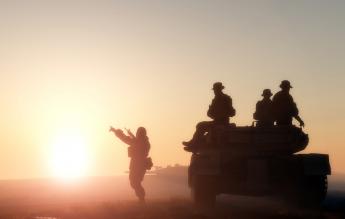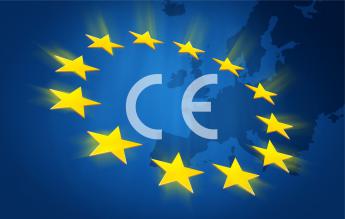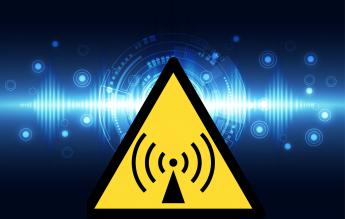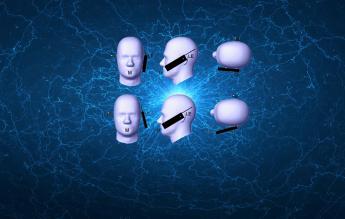
Tests designed to simulate solar radiation are carried out to assess the damage to equipment subjected to prolonged exposure to the sun. Simulating the effect of solar radiation meets standardised requirements and makes it possible to assess the effects of heating on equipment following such exposure as well as actinic effects (chemical action on materials resulting from solar radiation).
As part of the overall certification process, these tests can be conducted in precise climate conditions (temperature, rainfall, humidity, frost etc.) and using programmed cycles (day/night, spray/dry cycles etc.).
The test cycles will be determined based on the product's projected use. For example, tests can be calibrated to simulate the deterioration of products when stored behind a window (shop window, or inside a vehicle) or outdoors (sun exposure + weather conditions).
Our main test bench allows us to reach a maximum power of 1400 W/m2 which goes beyond the main standards (1200 W/m2) in order to meet the most demanding specifications.
This energy power is monitored with a pyrometer.
Solar radiation simulation tests can be combined with climatic constraints.
This bench is currently coupled to a 1m3 enclosure.
This bench allows the realization of diurnal and accelerated ageing profiles of exposure to solar radiation.
This means allows solar radiation tests to be carried out in accordance with the MIL-STD-810 standard according to procedure I (daytime cycle) and procedure II (cycle for actinic effects) but also to standards such as: STANAG 4370 AECTP 300, procedure I and II; NF EN 60068-2-5 .
Translated with www.DeepL.com/Translator (free version)
Sun exposure testing accelerates the ageing process of your products and flags up potential long-term problems: colour fading, plastic surface chalking, deformation, deterioration of elastic properties etc.




















Emitech Group - Legal information